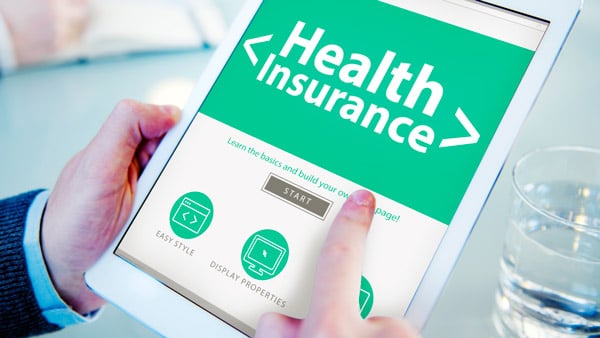With fall in the air, open enrollment season is under way. For health care benefits brokers, that means it's crunch time.
Employees of the companies you serve — and many benefits administrators, too — have loads of questions about how consumer-directed plans work.
You can help your clients address those questions and raise enrollment in benefits, such as health savings and flexible spending accounts (HSAs and FSAs), by delivering practical and engaging advice. You can also cement your status as a trusted consultant.
Recommended For You
Here are a few tips to help ensure that this open enrollment season proceeds smoothly:
Expect to do a lot of educating. For many companies, high-deductible health plans paired with HSAs are still relatively new and represent a major change. So it takes education and patience to get employees on board. In my experience, even many workers at health services and financial services companies have only a rudimentary understanding of how consumer-directed health plans and tax-advantaged accounts work.
Don't shy away from new technologies. Unconventional ways to reach your audience can resonate particularly well with mid-sized and smaller firms. One of our account executives recently recorded two podcasts – one on HSAs and the other on FSAs – for a Midwestern real estate services company. The podcasts, each lasting about four minutes, covered the fundamentals of these accounts. In just two weeks, more than 200 employees downloaded the podcasts on their own devices to listen at their convenience or listened directly from their employer's intranet.
No question is too simple. Be prepared for many of the same questions you've answered before, even at companies that have offered tax-advantaged accounts for years. For instance, you should expect questions about the differences between HSAs and FSAs, how a high-deductible plan and HSA work together, what the maximum out-of-pocket is, how prescriptions should be paid with an HSA, how tax benefits work, and whether employees can retain funds in the account once they are no longer employed at the company.
Old media is not dead. Traditional communication vehicles, such as payroll stuffers that can direct employees to the firm's intranet for more information, lunch-and-learn sessions and brochures are still great ways to get the word out. Webinars and video conferences may also be appropriate at companies with more than one location. Remember to invite spouses to all educational sessions; after all, spouses are frequently the health care decision-makers. The more they understand the options, the stronger enrollment will be.
Leverage partners' expertise. You should look to your clients' carriers or administrators for educational materials you can quickly and efficiently use at benefit fairs and enrollment meetings. These can include printed materials, videos, interactive webinars, self-guided tours, and "cheat sheets" with frequently asked questions.
Employers appreciate brokers who are prepared with advice and educational tools that can ease the decision-making process for employees and make the case for participation. Their appreciation translates to better, more long-lasting relationships with you, their benefits advisor.
© 2025 ALM Global, LLC, All Rights Reserved. Request academic re-use from www.copyright.com. All other uses, submit a request to [email protected]. For more information visit Asset & Logo Licensing.







